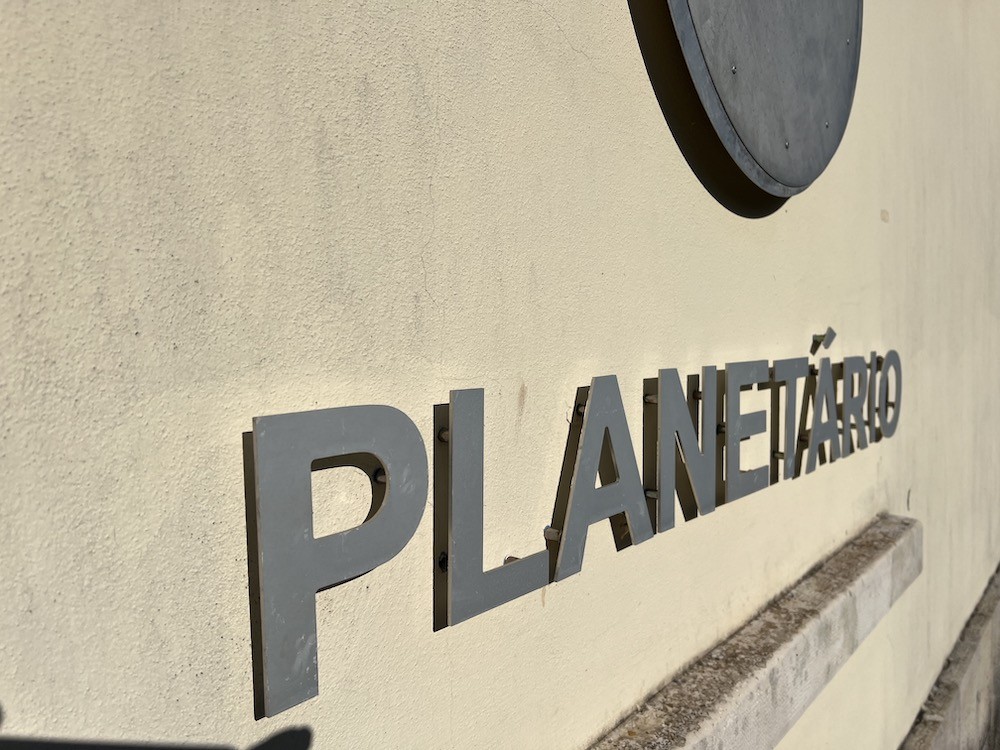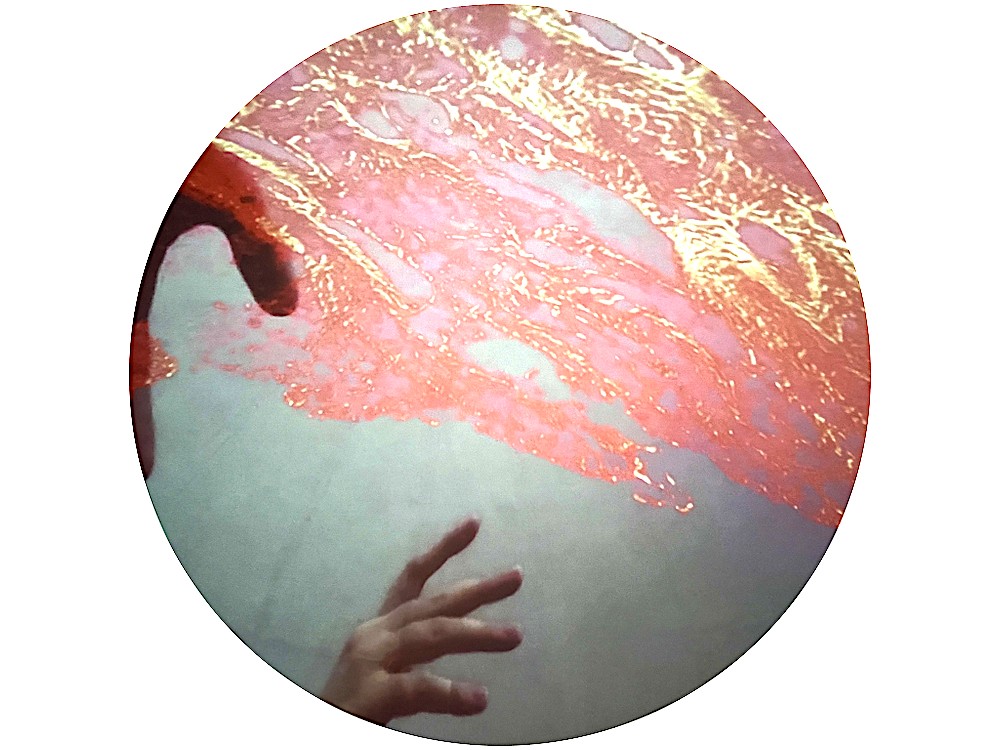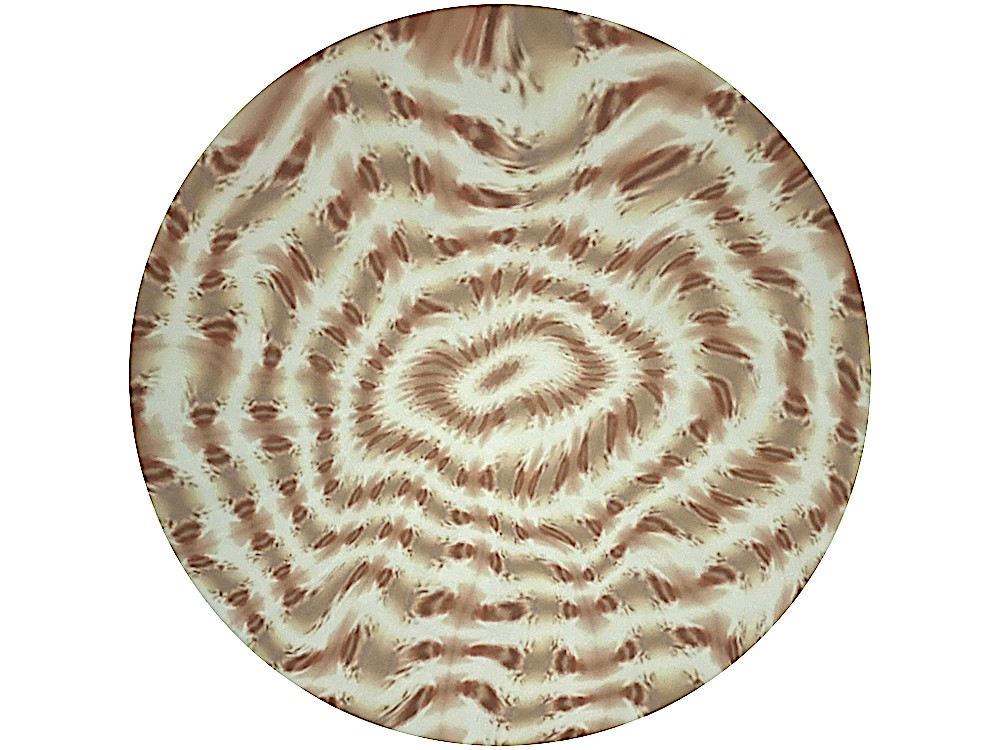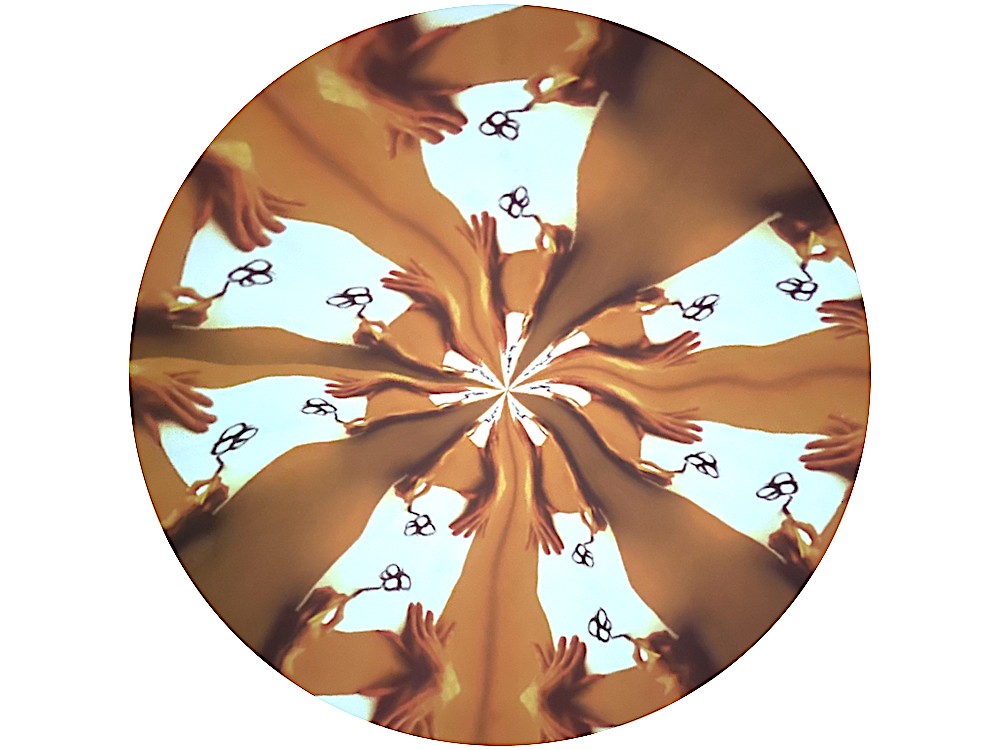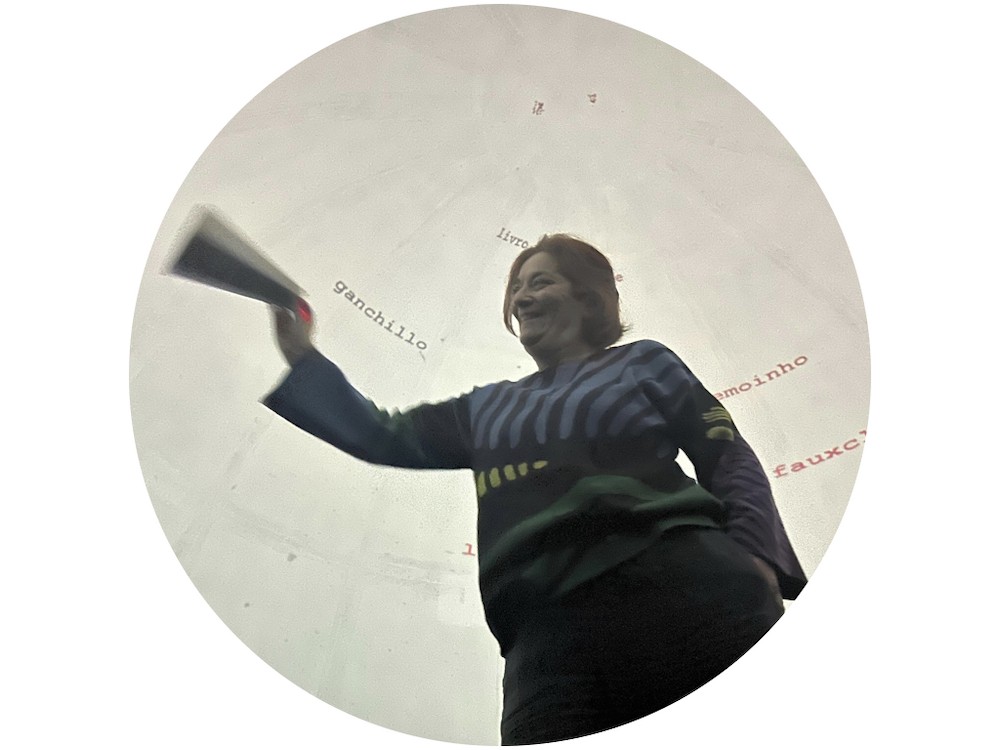Research is a structuring idea in CMT’s work. Our relationship with the academic world fosters several issues that emerge from the transversal artistic nature of our work, as well as from our relationship with education and the community. The constant search for ideas and reflection on what we do is inherent to our regular creative activity and our desire to be a project in constant evolution. We promote exploratory activities that help us discover the path to follow at a later stage that may lead to a “Creation”. We call these non-public, internal initiatives LabX. Additionally, we also promote the public sharing of experiences when we are still in a phase of searching for paths or ideas that we know are ephemeral and circumstantial. We call these initiatives OutLabs.
The idea of a “laboratory”, a space/time for discovery and exploration, contributes to a balance between the divergent thinking that is necessary to innovate and the need to make informed and objective decisions at a given time. Research implies an interest in finding, discovering, wanting to know more, learning to do things differently, questioning, inquiring, investigating. Experimenting. Lab X are exploratory processes that give us clues about expressive languages, technologies or relationships with artists to explore in the future within the scope of “Creation”. They emanate from autonomous proposals by the CMT “core team” and, in 2024, sought to address questions related to remote presence, deepening the relationships between art and science, voice/movement and collective singing.
LabX2 took place at the Geophysical and Astronomical Observatory of the University of Coimbra (OGA-UC), a unique and inspiring place, with a set of buildings “breathing history” installed in the middle of a green space in a hill that resists, fragile, to the invasion of concrete, and where the breeze pushes the passage of time. The Planetarium is one of its assets and is used mainly for astronomy outreach sessions aimed at schools, but also for the general public. The work of physicists and astronomers becomes tangible and accessible to everyone, and this certainly contributes to a better understanding of who we are and the (tiny) place we inhabit in the Universe. Very tiny. By opening the doors to the possibility of artistic research, the Planetarium expands the “sky” that it is supposed to reveal: more than attempts to “explain or represent reality”, artistic research seeks to create “imaginary worlds” where the senses are expanded and wonder is nurtured. For performing artists, getting away from the concert or performance hall and entering a space where the relationship with sound and image is deeply immersive is a very interesting challenge. Especially if the role of the artists is to communicate and react, in real time, to what the space “returns” from the sound and image gestures that emanate from them. Live performance is an act of connection with whom the “window of space and time” is shared. It can be more or less explicit, planned, but i is always an act of “deep listening”, mainly if there is not a “fixed script”, for example a score, just a “map” that needs to be inhabited in order to become tangible.
Having scientific imagery as a starting point for artistic creation is something that has been present in the history of art for centuries. A planetarium allows us to “imagine” further, especially when technology: opens the “alchemical window” that allows the sky to be transmuted into water, ice into clouds, birds into swarms of fish, lava into blood, words into lines, hands into wings, all of this or none of this. Glimpses of the “real” and its “escapes” when a pair of hands is transformed into a fractal or any other mathematical pattern that fascinates us without us really understanding why. Sound, or music to be more precise, is a very important part of the experience and perhaps the main reason for the “imagining” that happens in these types of experiences. It is contradictory that we use the word “imagining” to talk about what happens when we actually lose our sense of the image and enter another cognitive state in which hearing and vision merge and we allow ourselves to be transported to territories where we “lose our ground”. This possibility of “detaching ourselves from everyday life” is, in essence, what we might call “transcendence”, a word that is too imbued with meanings, but which simply refers to what all human beings aspire to: flying. There are certainly several ways of thinking about what a planetarium is for. For us, it is for seeing the heavens. And feel being part of the Universe.


